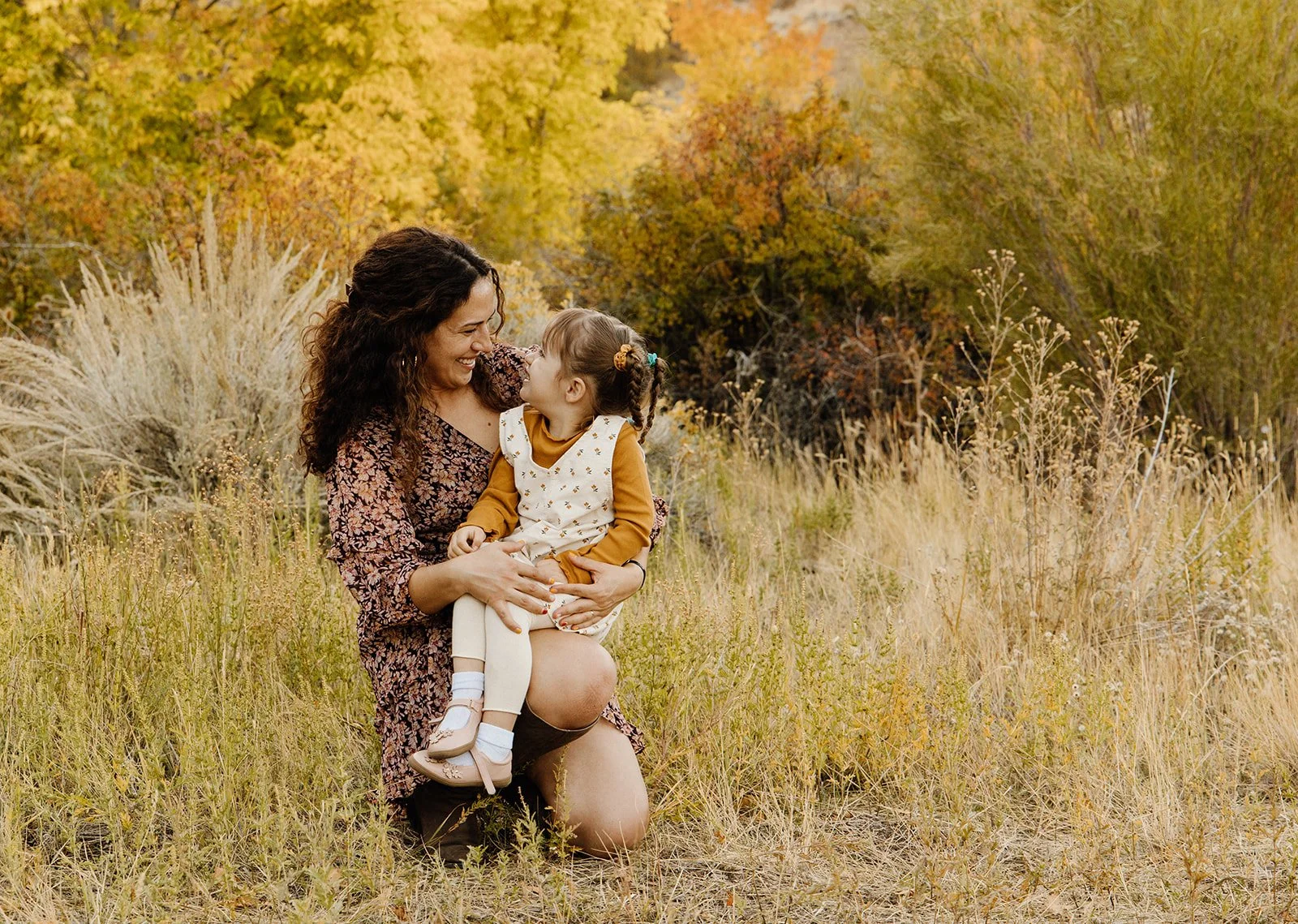Physical Media: A Love Letter to our History
Sociologists have suggested the idea that photography is a “human universal.” Human universals are traits or characteristics that can be observed across cultures worldwide. Things like cooking, language, and music are all human universals; so, what draws humanity to photography? We’ve tried capturing our lives and cultures through visual representations for thousands of years through cave drawings, paintings, and, finally, photography. When a mother sees her baby smile, or when we’re on vacation with a beautiful view, something human in us triggers that desire to capture that moment. Dopamine enters our brains as a subconscious signal saying “this moment is valuable.” But what makes it so valuable, though?
The answer? LOVE. We cherish memories of those we love just as much as we hold onto the moments we’re sharing with them in the present. This documented love gets passed down from generation to generation, keeping our memories alive of the times we’ve shared, and the love that was shared among our ancestors. An interesting study published in the Journal of Intellectual Disability- Diagnosis and Treatment aimed to research the emotional response to printed photographs. Ultimately, they found that the photos sparked joy, pride, and fond memories of people and places importance to one’s life. They open the study by saying that “photographs have a psychological meaning, as people basically print and store the most significant photographs. And depending on the hierarchy of one's own values, a person will store the corresponding photos. People choose those photographs where there are especially significant events or especially significant people” (Li, et al). When we print, store, and display photographs of our children and extended family members, it sends the message that they are loved and valued. It shows that they have a level of significance in our lives that we are proud of. In a day and age where people talk of the struggles of building one’s “village,” we can’t help but feel that displaying printed photos of our “village” will make those we love feel even closer, despite distance or other circumstances.
Another aspect to the importance of prints is the peace of mind we get when printing our photos. There’s a reason physical media survives: We see it, we hold it, its sentimentality grows, and we take care of it. Oftentimes, when our only copy of photos are stored in some online storage cloud, we lose that sense of ownership of the photo. We view those photos passively, often buried under hundreds of other photos, screenshots, and downloads. In short, digital copies of photos often don’t carry the same significance as those hand-picked to print. Photo sharing apps, like Instagram, are one way to recreate this journal-like, record-keeping with our digital photos. However, we’ve observed a trend in the last five years where, more and more, families are opting to not share their day to day lives online. This lessens the amount of photos a family adds to their grid, and it raises the barrier of what we deem “worthy” of posting. Thus, we lose those day-to-day candid shots to the depths of our overflowing phone storage. We often have people come into our studio and share stories about their technology failing them at one point or another: They accidentally deleted an album on their phone, and they can’t get those photos back; they had all their photos downloaded on their computer’s hard-drive, but the computer broke, or the hard-drive failed; their cloud account got hacked and they lost all their uploaded photos; or, they simply cannot locate the photos they want to look at amidst all the others. Having printed photos in physical albums and photo books, or decorating the wall, ensures that those photos never get lost. They take up that physical space in our homes —and our brains— that signals their importance to us.
Don’t let your digital photos be lost to time and changing technology. From the bottom of our hearts, we believe in the power that a printed photo holds. From scientific study to personal testimony, we see the difference. We see the curiosity children have to flip through our photo books or stare at the families shown in the photos we have displayed. With our three print packages, we hope that Camera Shy Photography is a resource and convenient space to get both your digital and printed photos. Your photos should last a lifetime, and so we stand behind our lifetime print guarantee: If your photo fades, let your nearest studio know, and we will reprint it. You deserve high quality prints on high quality paper with high quality ink. It’s as simple as that! Invest in a store of physical media by printing your favorite photos from your Camera Shy session. Get started with one of our indoor or outdoor sessions at a variety of locations across Salt Lake and Utah County! Click here to explore our different studio locations.
Citation:
Li, A., Z. Baktybayev, G. Ospanova, M. Koishibayeva, and K. Kanapiyanova. “Psychological Meaning of Photography in the Frame of Personality’s Life Course”. Journal of Intellectual Disability - Diagnosis and Treatment, vol. 8, no. 1, Feb. 2020, pp. 60-68, doi:10.6000/2292-2598.2020.08.01.8.





